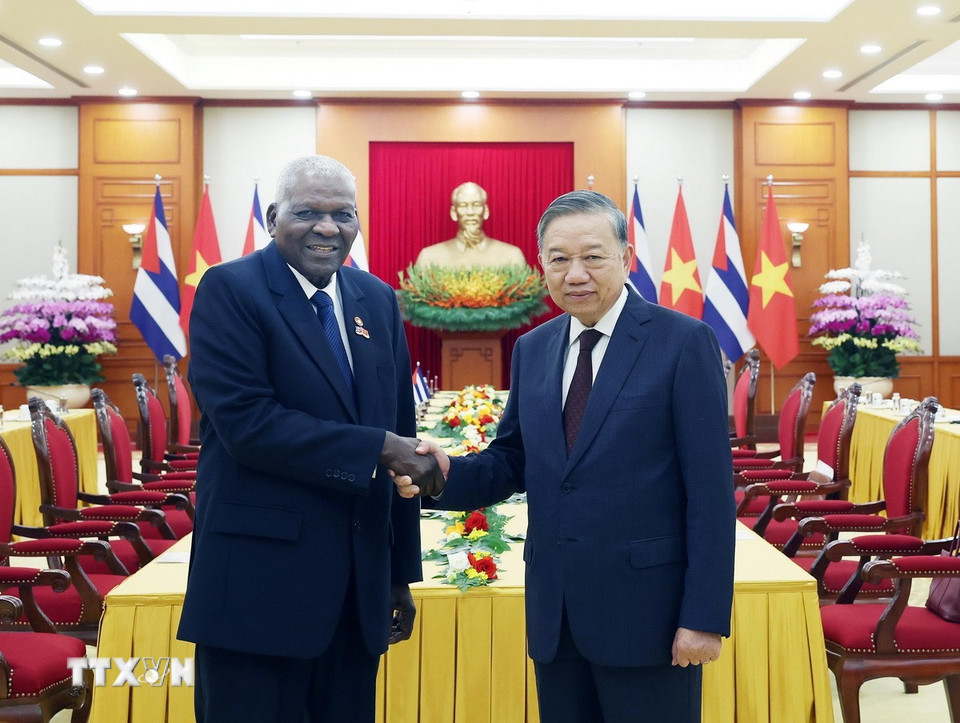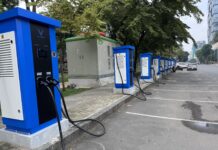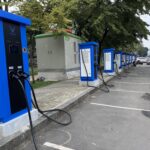As the global trend towards green globalization becomes irreversible, both Cuba and Vietnam are accelerating their development of renewable energy, striving for a sustainable future.
The meeting between General Secretary To Lam and Cuban National Assembly President Esteban Lazo Hernandez on October 1st at the Party Central Headquarters not only reaffirmed the strong friendship between the two nations but also strengthened economic, trade, and investment cooperation, particularly in the renewable energy sector.

General Secretary To Lam meets with Cuban National Assembly President Esteban Lazo Hernandez at the Party Central Headquarters. Photo: Thong Nhat/TTXVN
“Vietnam will always stand by Cuba”, General Secretary To Lam emphasized during the meeting with Comrade Esteban Lazo Hernandez, as the two countries prepare to celebrate the 65th anniversary of diplomatic relations (December 2, 1960 – December 2, 2025).
During the meeting, Cuban National Assembly President Esteban Lazo Hernandez expressed gratitude for Vietnam’s support and cooperation in enhancing agricultural production capacity, ensuring food security for Cuba, and promoting renewable energy and consumer goods production projects in Cuba.
Renewable Energy: Global Investment Boom
Renewable energy sources are naturally replenished, inexhaustible, and emit little to no greenhouse gases. According to the United Nations, these sources include solar, wind, hydro, geothermal, biomass, and ocean energy.
The latest report from the International Energy Agency (IEA) indicates that global energy investment is expected to reach $3.3 trillion in 2025, a 2% increase in real terms compared to 2024.
Of this, approximately $2.2 trillion will be allocated to clean energy, such as renewables and nuclear power—double the $1.1 trillion invested in fossil fuels (oil, natural gas, and coal).
Thanks to these robust investments, the global energy mix will shift by 2030. Global renewable electricity generation is projected to exceed 17,000 terawatt-hours (TWh) by the end of the decade, a nearly 90% increase from 2023.
Furthermore, by 2025, renewable electricity generation is expected to surpass coal-fired power. By 2026, wind and solar power will both exceed nuclear power. By 2029, solar power is projected to overtake hydropower as the largest renewable energy source globally, according to the IEA.
How are Vietnam and Cuba advancing in renewable energy development?
Cuba’s Efforts
In 2025, the Caribbean nation faced five nationwide power outages due to heavy reliance on imported fossil fuels. To address this energy challenge, Cuba swiftly identified solar power as the key to reducing fossil fuel dependence and ensuring energy security.
The Cuban Ministry of Energy and Mines (MINEM) announced plans to build 55 solar parks by 2025, each with a capacity of 21.8 Megawatts, totaling 1,200 Megawatts by year-end.
As of August 2025, these solar parks have generated 2,366 MWh of electricity, according to MINEM.
Minister Vicente de la O Levy stated that these projects will enable Cuba to cease importing 750,000 tons of fuel, as reported by Power Magazine.
With abundant sunshine—Cuba receives over 5 kWh/m²/day of solar radiation—solar energy is a sustainable path for Cuba, offering clean electricity, job creation, reduced imports, and climate change mitigation.
Vietnam’s Efforts
Vietnam contributes only 1% to global greenhouse gas emissions and 0.3% to cumulative CO2 emissions. Nonetheless, Vietnam is deeply committed to international efforts to combat climate change.
The 2025 report by the Organisation for Economic Co-operation and Development (OECD) highlights Vietnam’s rapid growth in renewable energy capacity, positioning it among the world’s fastest adopters of clean energy.
Wood Mackenzie ranks Vietnam as Southeast Asia’s leader in solar and wind energy growth.
Under Power Development Plan VIII, Vietnam aims to increase its renewable energy share (excluding hydropower) to 28-36% by 2030, with a target of 74-75% by 2050.
Currently, Vietnam is diversifying its renewable energy sources, including solar, wind, hydro, and biomass.
Experts estimate Vietnam’s solar potential at 963,000 Megawatts and hydropower potential at 40,000 Megawatts. By 2050, biomass power capacity is expected to reach 4,829-6,960 Megawatts.
Dutch Conglomerate Invests Hundreds of Millions to Acquire CJ and Masan Plants, Plans to Relocate Asia Headquarters to Ho Chi Minh City
A positive signal for Ho Chi Minh City’s investment environment emerges as De Heus, a global leader in animal feed production, expresses its intention to establish its regional headquarters in the city. This announcement was made during a meeting between the corporation’s leadership and Mr. Nguyen Van Duoc, Chairman of the Ho Chi Minh City People’s Committee, on October 2nd.













































